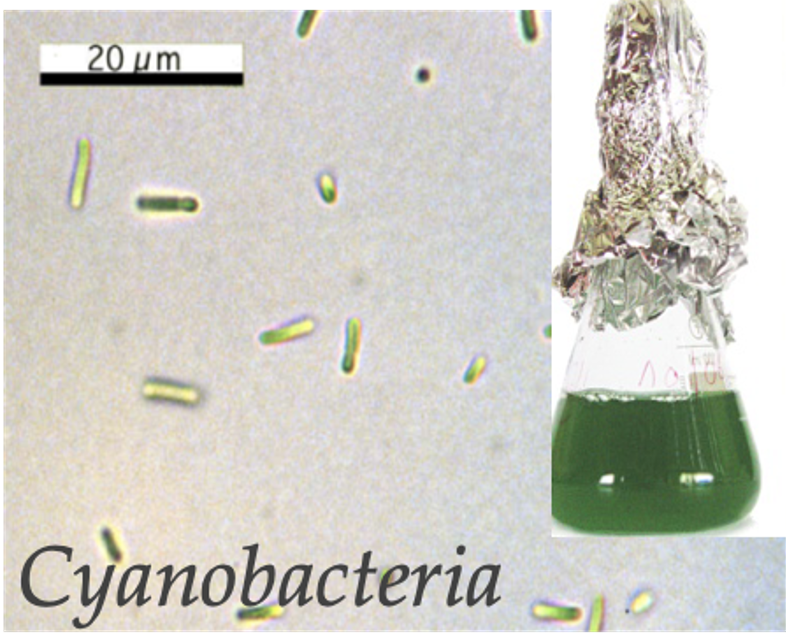- Imprimer
- Partager
- Partager sur Facebook
- Share on X
- Partager sur LinkedIn
Parution / Recherche
Le 6 mai 2025

Les cyanobactéries possèdent une horloge biologique interne qui rythme leurs activités sur un cycle d’environ 24 heures. Ces micro-organismes sont capables d’anticiper les cycles jour/nuit grâce à ce mécanisme finement régulé. Une étude récemment publiée dans Scientific Reports s’est intéressée à la façon dont cette horloge réagit lorsque la température descend en dessous de 25°C, un seuil important pour leur physiologie.
Pour en savoir plus, vous pouvez aller voir :
- l'actualité publiée sur le site de l'UGA,
- l'article scientifique en accès libre dans Scientific Reports.
Date
Contact
Irina MIHALCESCU
irina.mihalcescu univ-grenoble-alpes.fr (irina[dot]mihalcescu[at]univ-grenoble-alpes[dot]fr)
univ-grenoble-alpes.fr (irina[dot]mihalcescu[at]univ-grenoble-alpes[dot]fr)
Référence
I. Mihalcescu, H. Kaji, H. Maruyama, J. Giraud, M. Van Melle-Gateau, B. Houchmandzadeh & H. Ito. When lowering temperature, the in vivo circadian clock in cyanobacteria follows and surpasses the in vitro protein clock trough the Hopf bifurcation. Scientific Reports 15(1), 14884 (2025)
- Imprimer
- Partager
- Partager sur Facebook
- Share on X
- Partager sur LinkedIn